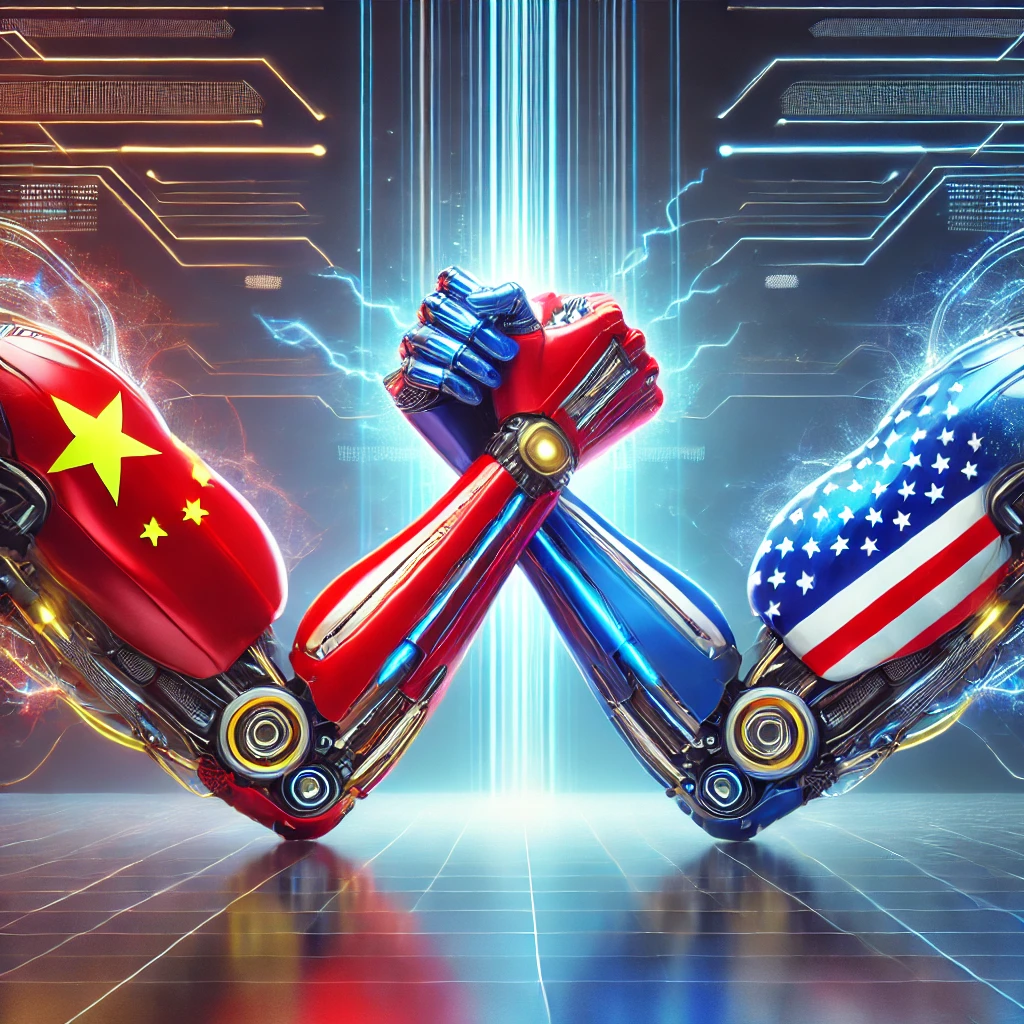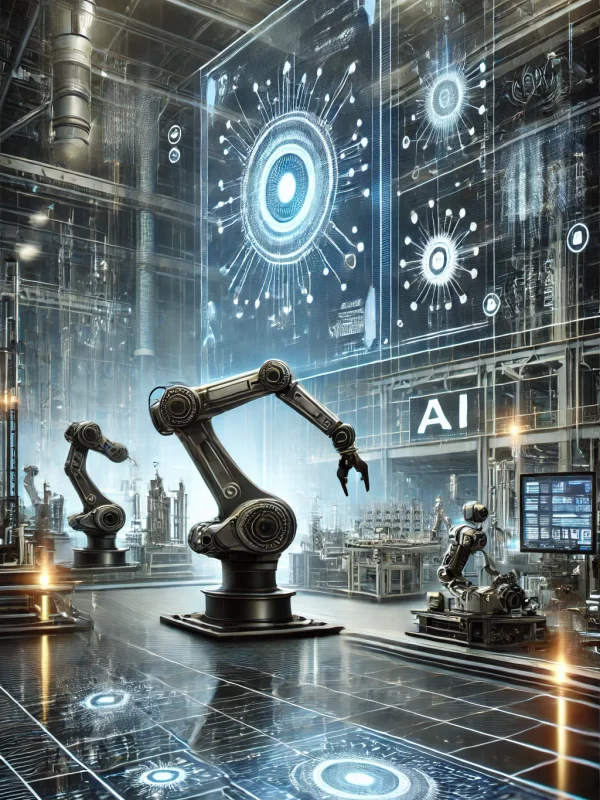Welcome to my blog
How AI is Transforming Lubricant Formulation
AI can analyze vast datasets on base oils, additives, and performance characteristics, allowing it to predict optimal formulations faster than traditional R&D methods.

DeepSeek vs. the U.S.: What China’s AI Breakthrough Means for Lubricants and Automotive Sectors
China’s AI landscape has taken a significant leap forward with the rise of DeepSeek, a cutting-edge startup that is challenging Western AI dominance.
DeepSeek might reshape industries, including automotive manufacturing and lubricant development. This breakthrough not only signals China’s growing influence in AI but also raises important questions about how technology will redefine the future of mobility and industrial maintenance.
Featured Articles
Here are some articles you might find worth checking out – covering AI, lubricants and automotive data in a clear, approachable way.

Digital Twins: Virtual Testing for Real-World Results
In today’s rapidly evolving industrial landscape, digital twins are transforming how products are designed, tested, and maintained.

The Impact of 3D Printing on Car Parts: Disruption, Opportunities, and the Future of Automotive Manufacturing
3D printing, or additive manufacturing, is transforming the automotive industry, reshaping how car parts are designed, produced, and distributed.

How Microsoft’s Majorana 1 Chip Could Revolutionize Lubricant Formulation
Microsoft has just unveiled the Majorana 1 chip, a breakthrough in quantum computing that harnesses Majorana zero modes to build more stable and scalable quantum processors.
Lubricant Economics
Lubricant economics is driven by raw material costs, technological advancements, and evolving market demands. As industries adapt to sustainability, AI-driven maintenance, and electrification, understanding these economic shifts is crucial for staying competitive.



Lubricant economics is more than just the cost of oil and additives—it is a complex interplay of supply chains, market forces, technological innovation, and global energy transitions. The lubricants industry sits at the crossroads of crude oil refining, advanced chemical engineering, and industrial efficiency, making it a critical but often overlooked economic sector. As sustainability regulations tighten and electric vehicles rise, traditional demand patterns are shifting, forcing companies to rethink their strategies. The economics of lubricants now involve AI-driven maintenance models, dynamic pricing algorithms, and geopolitical factors affecting raw material availability. Understanding these changes is essential for manufacturers, suppliers, and businesses that rely on lubrication to maximize equipment life, reduce operational costs, and stay competitive in an increasingly data-driven market. This section explores the financial and strategic forces shaping the lubricants industry, from production costs and market trends to the future of lubrication in a world driven by efficiency and sustainability.
